Archaeologists use the term Mesoamerica in referring to Mexico and the adjacent areas of Central America which were the home to Native American civilizations prior to the Spanish invasion. During the time generally known as the Classic Period in Mesoamerica, the region was characterized by several complex cultural systems known as state societies.
For Central Mexico and Oaxaca, the Classic Period is generally seen as the period between 100 CE and 750 CE, while the Maya Classic Period is dated as 250 CE to 950 CE. In their book Encyclopedia of Ancient Mesoamerica, Margaret Bunson and Stephen Bunson report:
“The vast historical epoch called the Classic Period in Mesoamerica did not appear suddenly or with equal vigor throughout the region. The era was marked by specific stages of development, and the rise of major civilizations would affect regional affairs and dominate cultural horizons.”
One of the features of the material culture during this era was the mass production of trade items. Margaret Bunson and Stephen Bunson report:
“Archaeological remains include clay molds, incense burners, ceramics and fine statuary, all of which were produced on a rather large scale.”
Another characteristic of this period is the shift to urbanization. Margaret Bunson and Stephen Bunson report:
“The Classic Period cities were large, incorporating sophisticated innovations and architectural splendors that reflected the individual cultures, traditions and religious ideals.”
In The Oxford Companion to Archaeology, Arlen Chase writes:
“Mesoamerican cities of the Classic Period were, thus, numerous, and centers that were characterized by large populations were found in all regions. There was also substantial contact throughout Mesoamerica—contact that increased in frequency through the Classic Period.”
During this time, the religious institutions grew more complex and in some cultures a priestly caste held power and prestige.
Literacy was another characteristic of the Classic Period. In their book Mexico: From the Olmecs to the Aztecs, Michael Coe and Rex Koontzwrite:
“By the Classic period, literacy may have been pan-Mesoamerican, although probably only the Maya and to a lesser extent the Zapotecs had fully developed hieroglyphic scripts—that is, writing systems which recorded the spoken language.”
Arlen Chase summarizes the Mesoamerican Classic Period this way:
“…the Classic Period of Mesoamerica reveals a series of initially diverse and complex civilizations whose histories became increasingly more intertwined over time. Different regions came to be dominated by single centers which then attempted to dominate other centers and regions; such patterns are clearly mirrored in Maya hieroglyphic texts.”
Shown below are some classic period artifacts which are on display in the San Bernardino County Museum in Redlands, California.
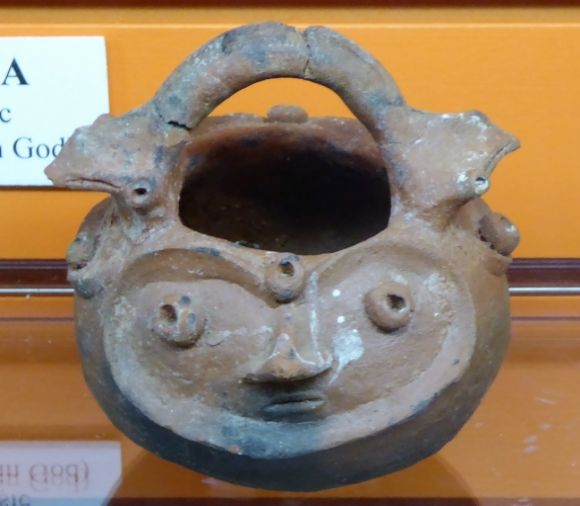 Shown above is a depiction of the Maya Rain God, Chac, from the Classic period.
Shown above is a depiction of the Maya Rain God, Chac, from the Classic period. 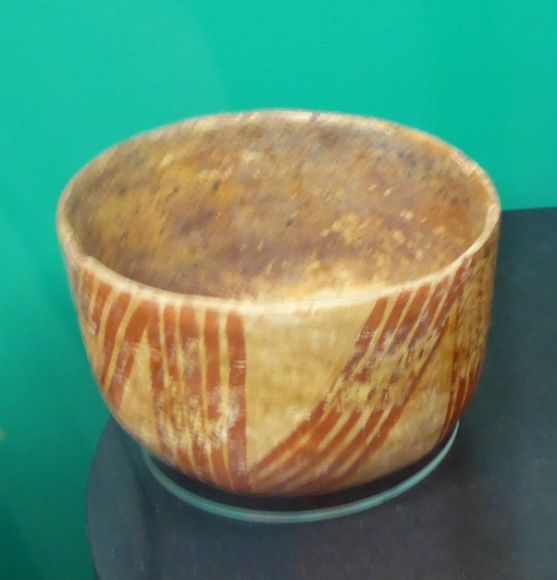 Shown above is a Mixtec bowl from the Classic period. The Mixtec (Nusabi or People of the Rain) dominated the Land of the Clouds in the Sierras of Oaxaca.
Shown above is a Mixtec bowl from the Classic period. The Mixtec (Nusabi or People of the Rain) dominated the Land of the Clouds in the Sierras of Oaxaca. 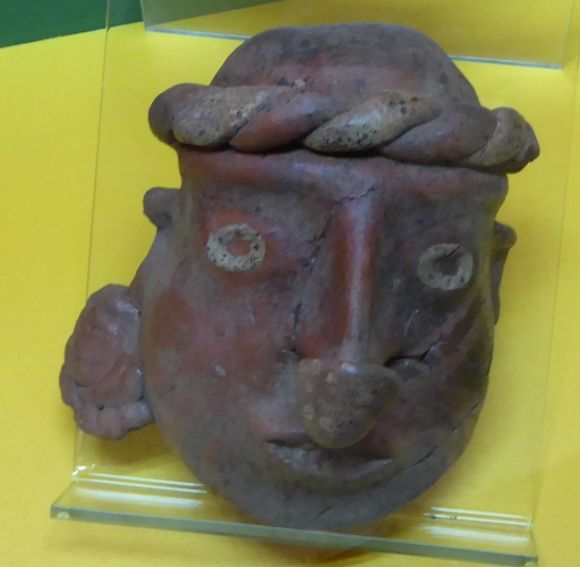 This ceramic face is from Zacatecas.
This ceramic face is from Zacatecas. 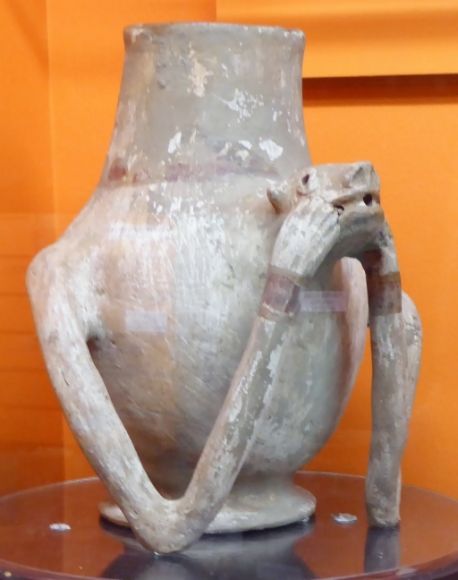 The Remojada piece shown above is from Nopiloa, Veracruz and is from the Late Classic period.
The Remojada piece shown above is from Nopiloa, Veracruz and is from the Late Classic period.
Remojada is a site in the central region of Veracuz. Margaret Bunson and Stephen Bunson report:
“Remojada represents as well one of the liveliest styles of pottery in Mesoamerica, and thousands of ceramics were discovered there, mostly hollow clay figurines having great natural vitality.”
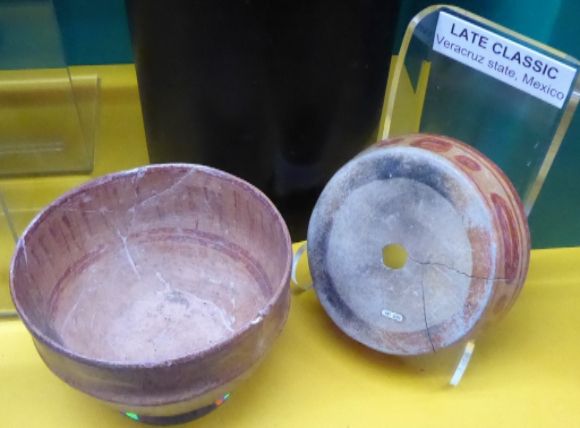
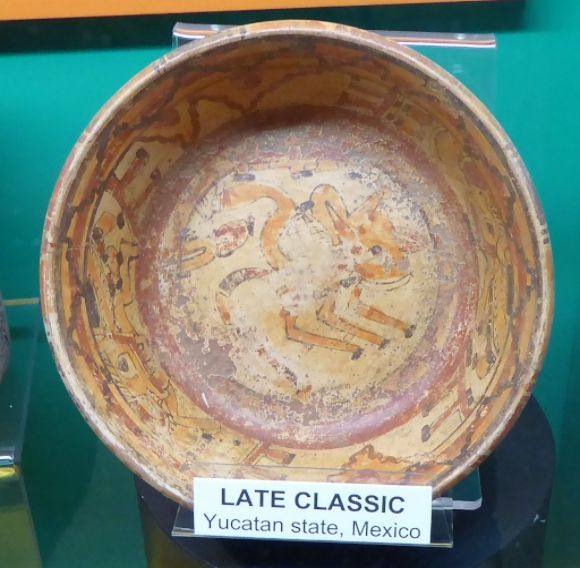
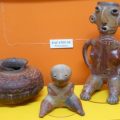
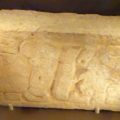

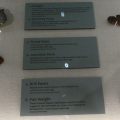
Leave a Reply